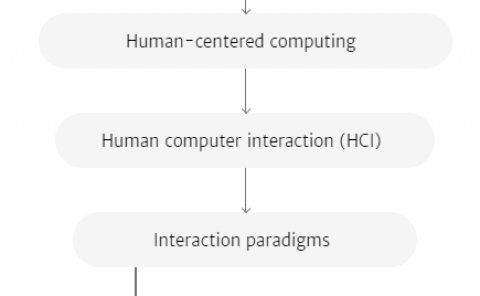Learning to Track Monofrequency Multiaxis 3-D Passive Magnetic Markers
Note: We don't have the ability to review paper
PubDate: Aug 2022
Teams: Tohoku University
Writers: Yuhei Osaka; Jiawei Huang; Yoshifumi Kitamura
PDF: Learning to Track Monofrequency Multiaxis 3-D Passive Magnetic Markers
Abstract
Magnetic tracking is useful in many motion tracking applications and free from the line-of-sight (occlusion) limitations that is the drawback of many popular optical tracking systems. Previously, multiaxis magnetic markers relied on time multiplex or frequency multiplex methods to separately sense inductor–capacitor (LC) coils in different axes, which introduce bandwidth or speed limitations. In this article, we propose a novel data-driven magnetic tracking approach whose markers are based on multiple LC coils in the same resonance frequency. Our approach utilizes deep learning to determine the complex flux distribution of monofrequency multiaxis magnetic markers where simulation results are the training data. Classic numerical methods struggle to achieve the same process. With this approach, we build a new magnetic tracking system that pursues multiaxis passive markers and overcomes the original tracking principle’s dead-angle limitation. With the flexibility of deep learning, we can design markers with more than three axes. Our experimental result also shows that compared to classic three-axis markers, more LC coils in different axes actually improve the tracking accuracy. Our approach not only helps build a new tracking system based on a wireless magnetic tracking principle, but can also be applied in any multiaxis magnetic tracking system.


